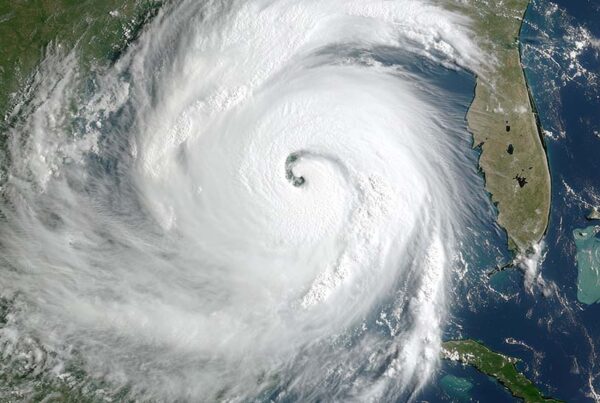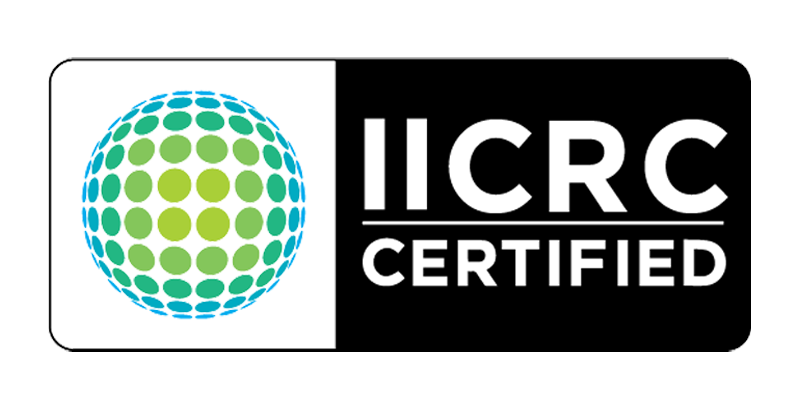Your roof is one of the most important parts of your home, protecting you from the elements year-round. However, roof damage can often go unnoticed until it becomes a major problem. To avoid costly repairs and preserve your home’s structural integrity, it’s crucial to spot early signs of roof damage before it’s too late. Understanding the common warning signals allows you to take timely action and save both time and money.
Contents
1. Shingle Damage
One of the most visible signs of roof damage is shingle deterioration. Whether your shingles are cracked, curled, or completely missing, these issues often signal that your roof has reached the end of its lifespan or suffered from extreme weather conditions.
Check for:
- Curling or buckling shingles: This indicates that your shingles are no longer properly secured and are vulnerable to wind and water damage.
- Missing shingles: A glaring red flag that requires immediate attention. Without these, your roof is exposed to the elements.
- Granules in the gutter: The loss of granules from shingles suggests that they are deteriorating, which reduces their ability to protect your roof from UV rays and weathering.
2. Water Stains and Leaks
Water stains on your ceiling or walls are often the first indicators of a roof leak. These stains are typically brown or yellow and may be accompanied by a musty smell. If left unattended, a small leak can cause significant water damage, mold growth, and structural issues.
Check for these signs:
- Water stains inside your home, especially in the attic or upper floors.
- Peeling paint or wallpaper.
- Damp insulation in the attic, which is a sign of roof leaks.
3. Sagging Roof
A sagging roof is one of the most serious signs of damage and could indicate structural issues. It may be caused by excess weight from snow, water, or underlying rot in the roofing materials. If your roof appears uneven or has noticeable sagging areas, it’s time to call in professionals to assess the situation immediately.
4. Damaged Flashing
Flashing is the metal material installed around roof penetrations, such as chimneys, vents, and skylights, to prevent water from seeping into your home. Over time, flashing can become corroded or cracked, leaving your roof vulnerable to leaks.
Check for:
- Cracked or damaged flashing: This can lead to leaks, especially around the most vulnerable areas.
- Loose flashing: This occurs due to poor installation or weather damage, making it easy for water to penetrate.
5. Roof Age
The age of your roof plays a significant role in its durability. Most asphalt shingle roofs last between 20 and 25 years. If your roof is nearing or past this age range, it’s wise to start monitoring for signs of deterioration even if there’s no visible damage.
6. Moss or Algae Growth
Moss and algae growing on your roof may seem harmless, but they can cause long-term damage. Moss holds moisture against the surface of the roof, which can lead to rot and decay over time. Algae, while not as damaging, can affect the curb appeal of your home and may also signal moisture issues.
7. Increased Energy Bills
A sudden spike in your energy bills could indicate poor roof insulation due to roof damage. When your roof’s integrity is compromised, it allows air to escape, forcing your HVAC system to work harder to maintain comfortable indoor temperatures.
8. Visible Light Through the Roof
Head to your attic during the day and see if sunlight is peeking through the roof boards. If light can get through, so can water and pests. Even the smallest cracks or holes can lead to significant damage if not addressed promptly.
Monitoring Roof Damage
By keeping an eye out for these early signs of roof damage, you can take proactive steps to maintain the safety and longevity of your home. Regular inspections, both on your own and by professionals, can help you spot problems before they escalate into costly repairs. Remember, addressing small issues now can prevent major roof damage later. Don’t wait until it’s too late to protect your home—stay vigilant and take action when needed.





